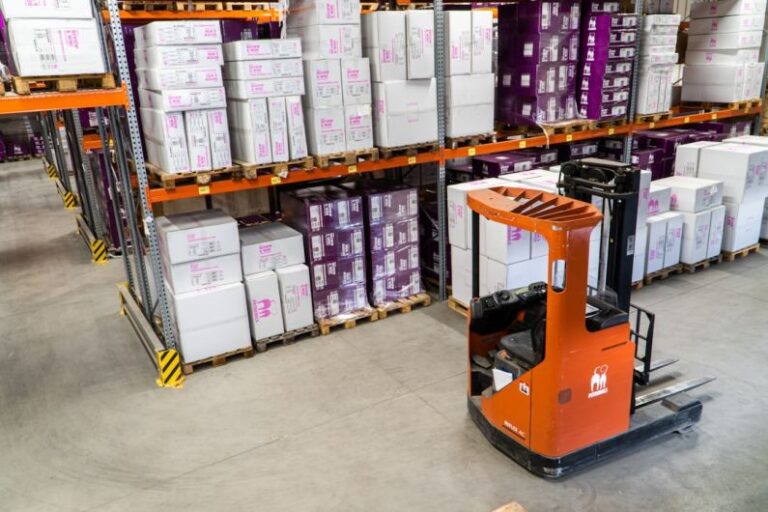Leveraging Multi-modal Transportation for Cost Savings
In today’s fast-paced business environment, companies are constantly seeking ways to improve efficiency and reduce costs. One area where significant savings can be achieved is through the strategic use of multi-modal transportation. By combining different modes of transportation, such as road, rail, air, and sea, businesses can optimize their supply chain operations and realize substantial cost benefits. Let’s explore how leveraging multi-modal transportation can lead to cost savings.
Enhanced Flexibility and Reliability
Multi-modal transportation offers businesses enhanced flexibility and reliability in moving goods from one point to another. By utilizing multiple modes of transportation, companies can overcome potential disruptions that may arise, such as road closures, inclement weather, or capacity constraints. For example, if a trucking route is affected by traffic congestion, goods can be seamlessly transferred to a train or plane to ensure timely delivery. This flexibility not only reduces the risk of delays but also helps to maintain customer satisfaction levels.
Optimized Route Planning
Effective route planning is crucial for minimizing transportation costs. Multi-modal transportation allows companies to optimize their routes by selecting the most cost-effective and efficient modes of transportation for each leg of the journey. By analyzing factors such as distance, transit times, and cost implications, businesses can design transportation routes that reduce fuel consumption, lower shipping expenses, and improve overall supply chain efficiency. This strategic approach to route planning can result in significant cost savings over time.
Economies of Scale
Another key advantage of multi-modal transportation is the ability to leverage economies of scale. By consolidating shipments and utilizing larger transport vessels, such as trains or container ships, companies can achieve cost savings through volume discounts and reduced per-unit transportation costs. This approach is particularly beneficial for businesses with high shipping volumes or bulky cargo that can benefit from economies of scale. By maximizing the capacity of each mode of transportation, companies can effectively spread fixed costs across a larger number of goods, leading to cost efficiencies.
Reduced Carbon Footprint
In addition to cost savings, multi-modal transportation can also contribute to environmental sustainability by reducing carbon emissions. By choosing greener modes of transportation, such as rail or sea transport, businesses can lower their overall carbon footprint and demonstrate a commitment to corporate social responsibility. Furthermore, by optimizing transportation routes and minimizing empty backhauls, companies can reduce fuel consumption and greenhouse gas emissions, contributing to a more sustainable supply chain.
Supply Chain Resilience
In today’s interconnected global economy, supply chain resilience is more important than ever. Multi-modal transportation enhances supply chain resilience by providing companies with alternative transportation options in the event of disruptions or emergencies. By diversifying transportation routes and modes, businesses can mitigate risks and ensure continuity of operations, even in challenging circumstances. This resilience not only safeguards against potential disruptions but also enhances overall supply chain efficiency and reliability.
Strategic Partnerships and Collaboration
Effective utilization of multi-modal transportation often requires collaboration with strategic partners and service providers. By forming partnerships with transportation companies, logistics providers, and other stakeholders, businesses can access a wider range of transportation options and expertise. Collaborative relationships enable companies to tap into specialized knowledge, infrastructure, and resources that can further optimize their transportation operations and drive cost savings. By working together towards common goals, businesses can create synergies that benefit all parties involved.
Unlocking Cost Savings Through Multi-modal Transportation
In conclusion, leveraging multi-modal transportation is a strategic approach that can unlock significant cost savings for businesses. By combining different modes of transportation, optimizing route planning, leveraging economies of scale, and prioritizing sustainability, companies can enhance supply chain efficiency, reduce costs, and improve overall competitiveness. Through strategic partnerships and collaboration, businesses can further enhance their transportation capabilities and drive continuous improvement in their supply chain operations. Embracing multi-modal transportation as a cost-saving strategy can position companies for long-term success in today’s dynamic business landscape.






